Microsoft officially launched Microsoft Cloud for Healthcare in October 2020. This enterprise solution presents as an all-powerful Infinity Gauntlet, in which Microsoft has assembled its full assortment of infinity stones to deliver healthcare at a “snap!” Microsoft Cloud for Healthcare leverages on Microsoft Azure, Microsoft Dynamics 365, Microsoft Teams and Microsoft Power Platform to enable personalized and integrated healthcare.
The platform promises to enhance patient engagement, facilitate healthcare worker coordination and empower care through data insights.

What I Liked
This previous article (10 things Zimbabwean startups need to consider when developing Electronic Health Record (EHR) solutions) points to what could be termed as the ten commandments for a good electronic health record system. Microsoft Cloud for Healthcare abides quite closely by these and scores very highly on that rating.
The system has fantastic dashboard views that present comprehensive patient information at a glance. The clinical timeline, for instance, details a patient’s care journey, highlighting the full history of appointments, treatment plans, test results and care team members in one view. It condenses what would traditionally be a thick stack of papers onto a dynamic digital display.
It is also loaded with graphs, pie charts and tables that give a layout of healthcare Key Performance Indicators (KPIs) such as missed appointments, prescriptions about to run out, and patients due for review. This is great for continuous remote monitoring of a population of patients as treatment plans can be observed to check which ones have been completed, paused or cancelled.
This is virtually impossible with the manual paper-based health record systems.
What I didn’t like
This solution is not designed to be a primary EMR (Electronic Medical Record) system, but an integrator that collates patient information from diverse sources and systems. Therefore, if you are a practitioner looking for an electronic management system to run your medical practice or clinic, this is not the solution for you. The data insights it generates need a fairly large patient pool to fully extract their value. A clinic with a staff contingent of 5 or 6 rarely needs such an advanced care coordination solution. In such small settings, Microsoft Cloud for Healthcare would be overkill.
What is impressive
The Microsoft AZURE API for FHIR leverages on the HL7 FHIR interoperability standard to collate health data from multiple sources into one clear patient record. This means it can consolidate data for a patient who is being seen by different healthcare providers using different electronic medical records systems to present a holistic view of that particular patient’s care.
The API also factors in data collected from IoT enabled health devices such as wearables, smart weight scales, blood pressure and blood glucose testing machines. All this data then becomes neatly presented to the patient’s personal care manager.
The solution comes with a HealthBot that delivers that personalized care touch. This chatbot acts as a digital personal health assistant that helps in booking appointments and conducting a preliminary assessment of the patient’s condition. The HealthBot links to a health call centre operator who can then pick up on the conversation to ensure that the patient gets care, even via video consultation.
The most impressive feature has got to be the automated clinical documentation powered by AI! This is a technology that listens in on the conversation between doctor and patient to then generate a summary document that is an intelligent clinical transcription of the conversation.
This is not voice dictation. It appropriately contextualizes every word of the patient encounter to automatically document the relevant information without taking the physician’s attention off the patient. This is made possible through Dragon Ambient eXperience (DAX), innovated by Nuance and Microsoft.
DAX artificial intelligence (AI) automatically converts the patient interview into clinical notes tailored to each speciality. Obviously, these AI-generated notes go through a brief quality review process to check for accuracy, omissions, and appropriateness before the clinician appends his final signature for entry into the EHR (Electronic Health Record). This is something that all practising doctors would shout hallelujah for because it saves time and doesn’t distract the all-important patient-doctor interaction.
What Microsoft needs to consider
Microsoft Cloud for HealthCare is certainly pregnant with useful functionality. It does a lot as a super holistic solution would. Unlocking all that value the solution, however, requires extensive health worker training. This needs boots on the ground that are invested in patiently training all the health workers at a big health institution. The elaborate dashboards, knowledgebase plugins and chatbot pop-ups can be very intimidating for digital novices who constitute the majority of our health workforce. Therefore, hands-on training is needed together with close customer support for the system to take root, reach full utilization and deliver ultimate value to a healthcare organization.
The automated clinical documentation is certainly fantastic but needs to be adapted for African languages and African contexts. Rarely do doctors conduct a full patient interview in English. There are some symptoms that a patient may fail to find an appropriate English equivalent for. Often times patients ascribe the wrong English word for what they are feeling especially after first asking Dr Google.
The issue of African accents is another problem that requires no further elaboration. As an advanced AI, you can bet on the system picking up on these nuances with time, to then deliver an automated clinical record that fits our contexts well.
Data sovereignty laws present a challenge to cloud-based solutions. Several African countries have implemented policies and laws that explicitly state that all health data should be stored in the country on terrestrial servers. Negotiations will certainly be required, government by government, to get authorisation for Microsoft Cloud for Healthcare to be used in several countries. Having a regulatory standard for the whole African Union, similar to the EU’s General Data Protection Regulation (GDPR) would greatly assist this effort.
What local entrepreneurs need to consider
The integrator model that Microsoft Cloud for Healthcare enables, essentially ushers in a new healthcare service or business model. This model consists of personal health assistants. These would be non-clinical roles that act as a bridge between the patient and the whole host of health service providers. These will work to coordinate the care teams around the patient, bringing in a personalised touch as they create appointments around patient schedules and guide treatment plans according to patient interests.
Through the dashboard views, that Microsoft 365 viewer offers, the personal health assistant can monitor a whole cohort of patients to pick up those that have missed appointments or those are about to run out of medication. Expect to see more and more of this new type of healthcare companies.
There is an important lesson for local entrepreneurs to learn from the Microsoft Cloud for Healthcare Partner Ecosystem. Instead of trying to build an entire health record system with end to end functionality. One can focus on building and perfecting a particular functionality or module. Instead of aiming to build the whole cow, from horns to the tail, focusing on just the hindquarter could be the most profitable option. Those modules can then be sold as plug in services that enhance existing EHR solutions.
Microsoft is working with leading independent software vendors (ISV) and system integrator (SI) partners to build, develop and extend Microsoft Cloud for Healthcare’s capabilities These vendors include system integrators, workstream coordinators, voice recognition and data security specialists. This presents opportunities for local entrepreneurs to develop focused applications that seek to fill specific gaps or perfect certain EHR aspects. It is paramount to note that these solutions have to be built according to interoperability standards such as HL7 FHIR. This allows them to be integrated into diverse EHR platforms.
Conclusion
At an add-on price of US$95/user/month with other services sold separately, this solution is for the big boys and girls. This is for organisations that are managing a fairly large population of patients who they want to have a personalised care experience. For those organisations, Microsoft Cloud for Healthcare really promises to deliver “better experiences, better insights, better care”
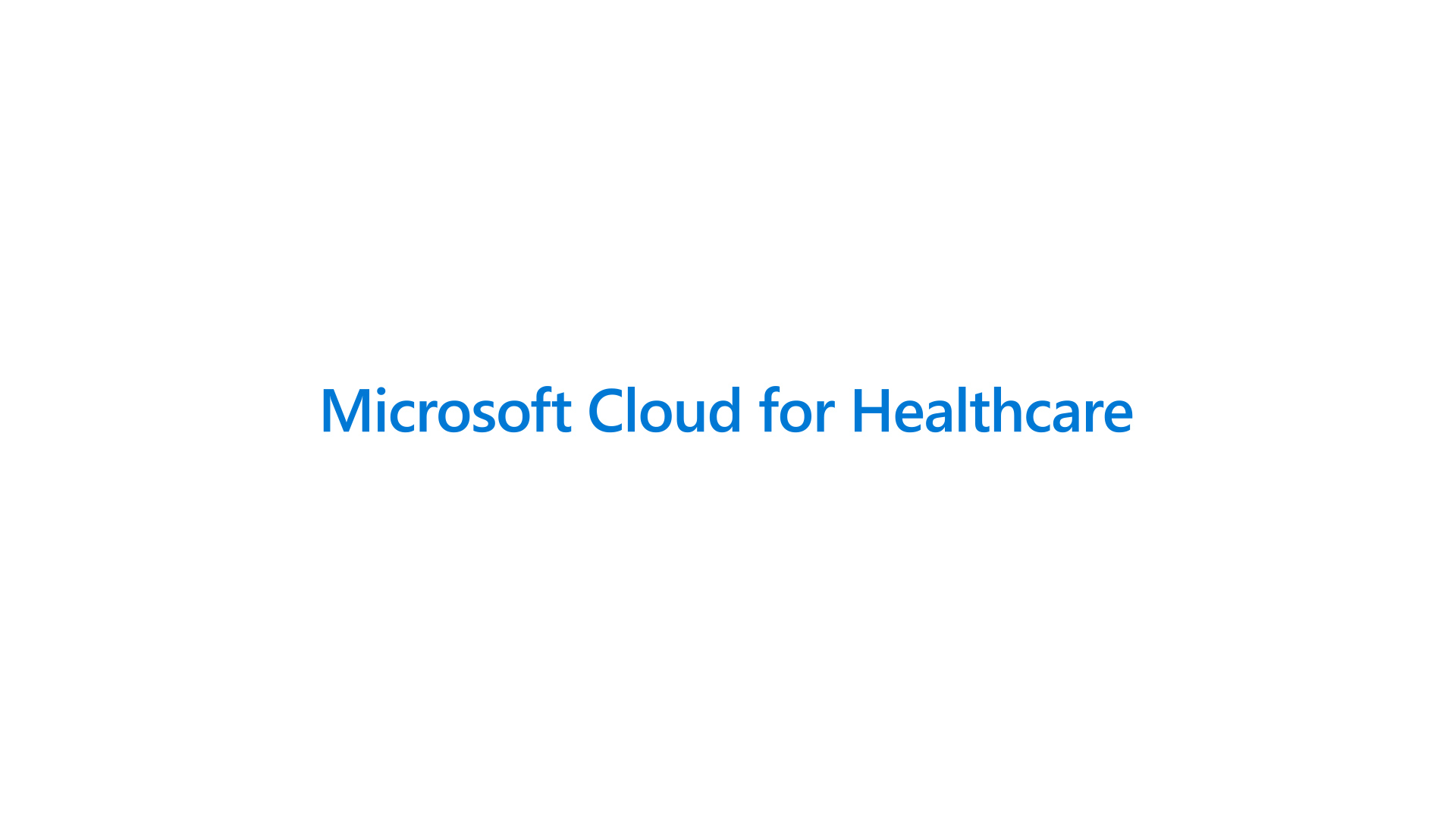



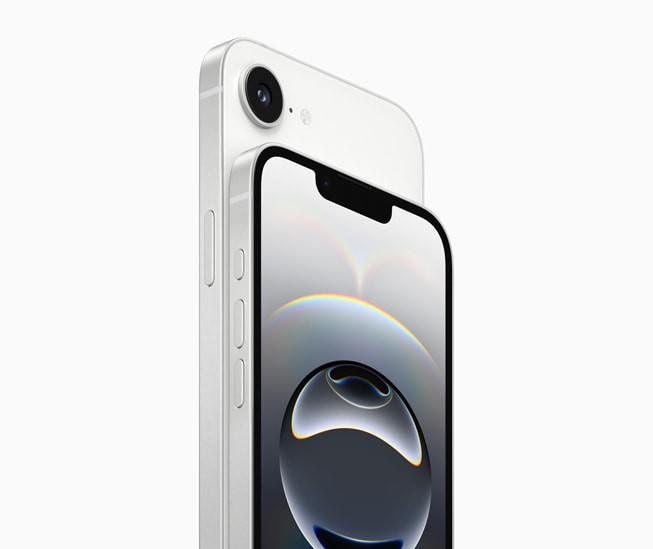

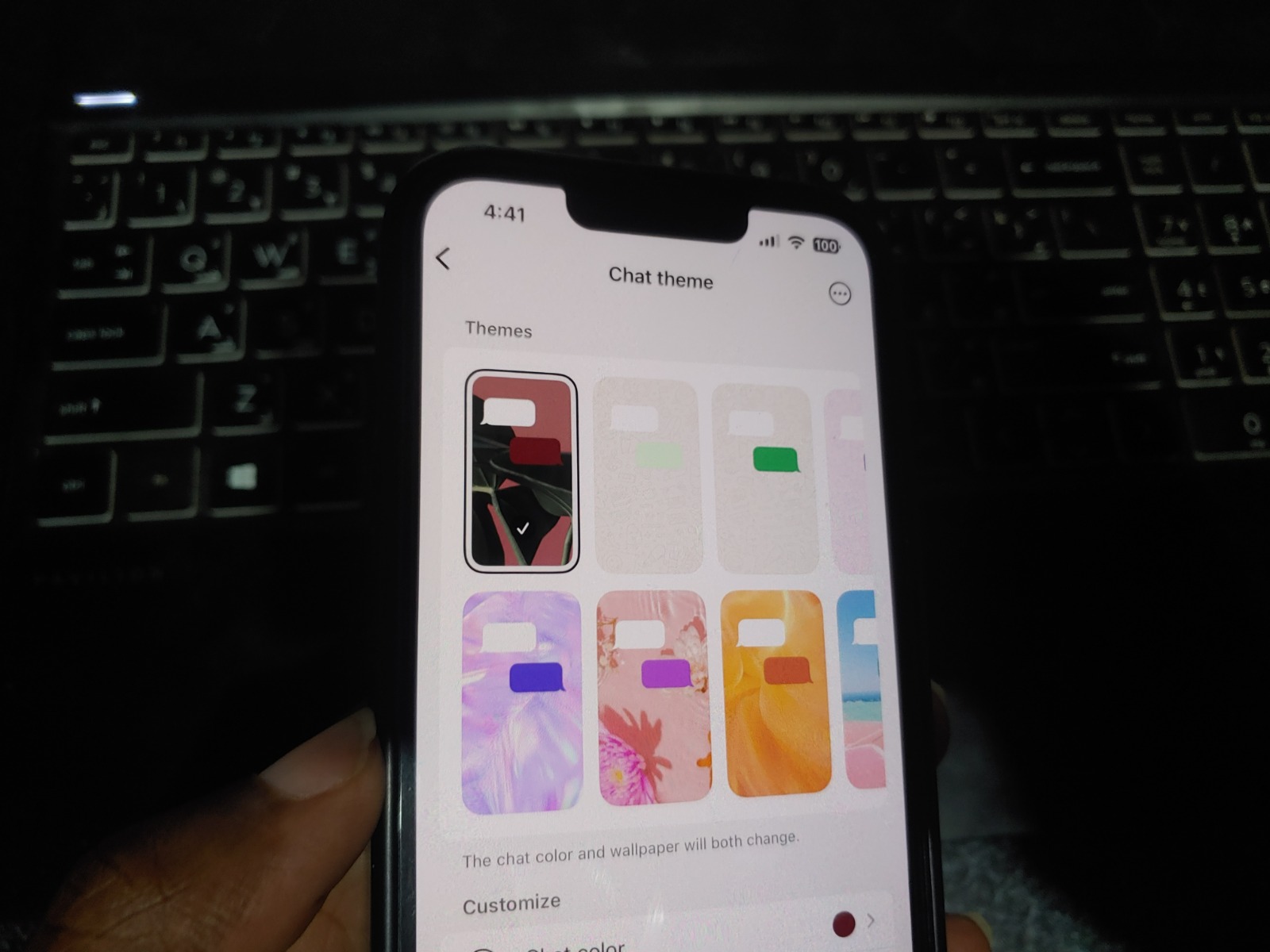

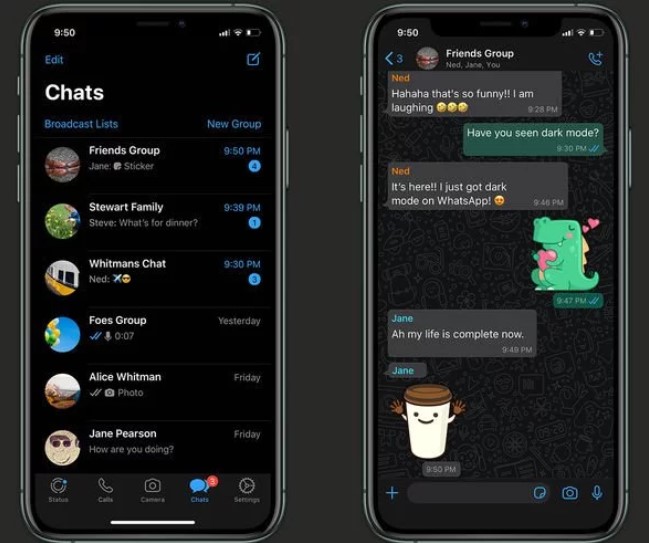

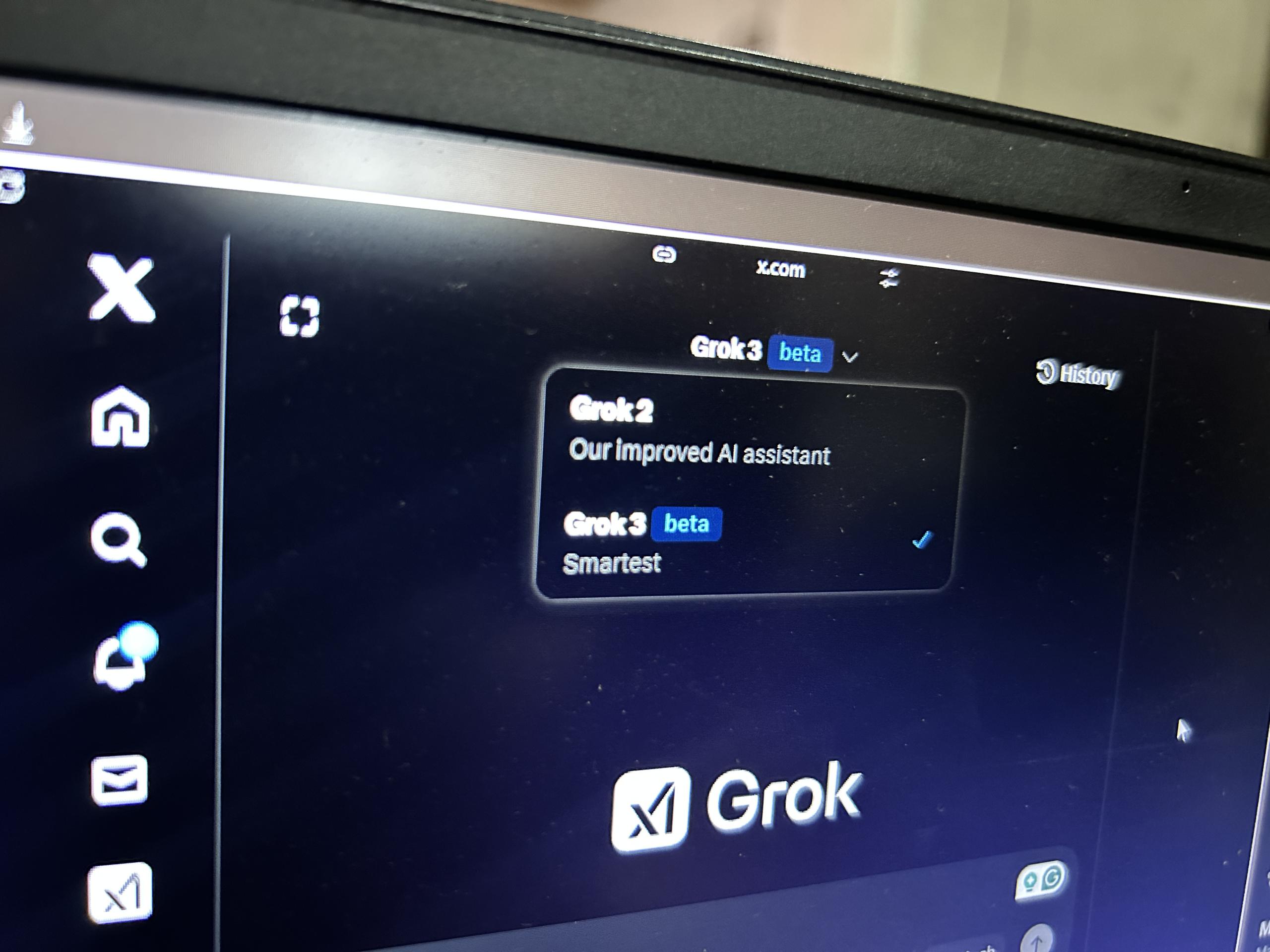



Comments
2 responses
“IT WILL NOT WORK” in zimbabwe wazwa Dr Melonhead
Great insight, “clinic with a staff contingent of 5 or 6 rarely needs such an advanced care coordination solution. In such small settings, Microsoft Cloud for Healthcare would be overkill. “. I was hoping to use this for my clinic, then realizing its larger project.
Such as the extra dependencies you need to buy as well, then a third party to configure everything for a small business is a 19K-40K expense per my experience.
It would be great to use it as a small business and leverage a billion dollar company platform, but its not as easy